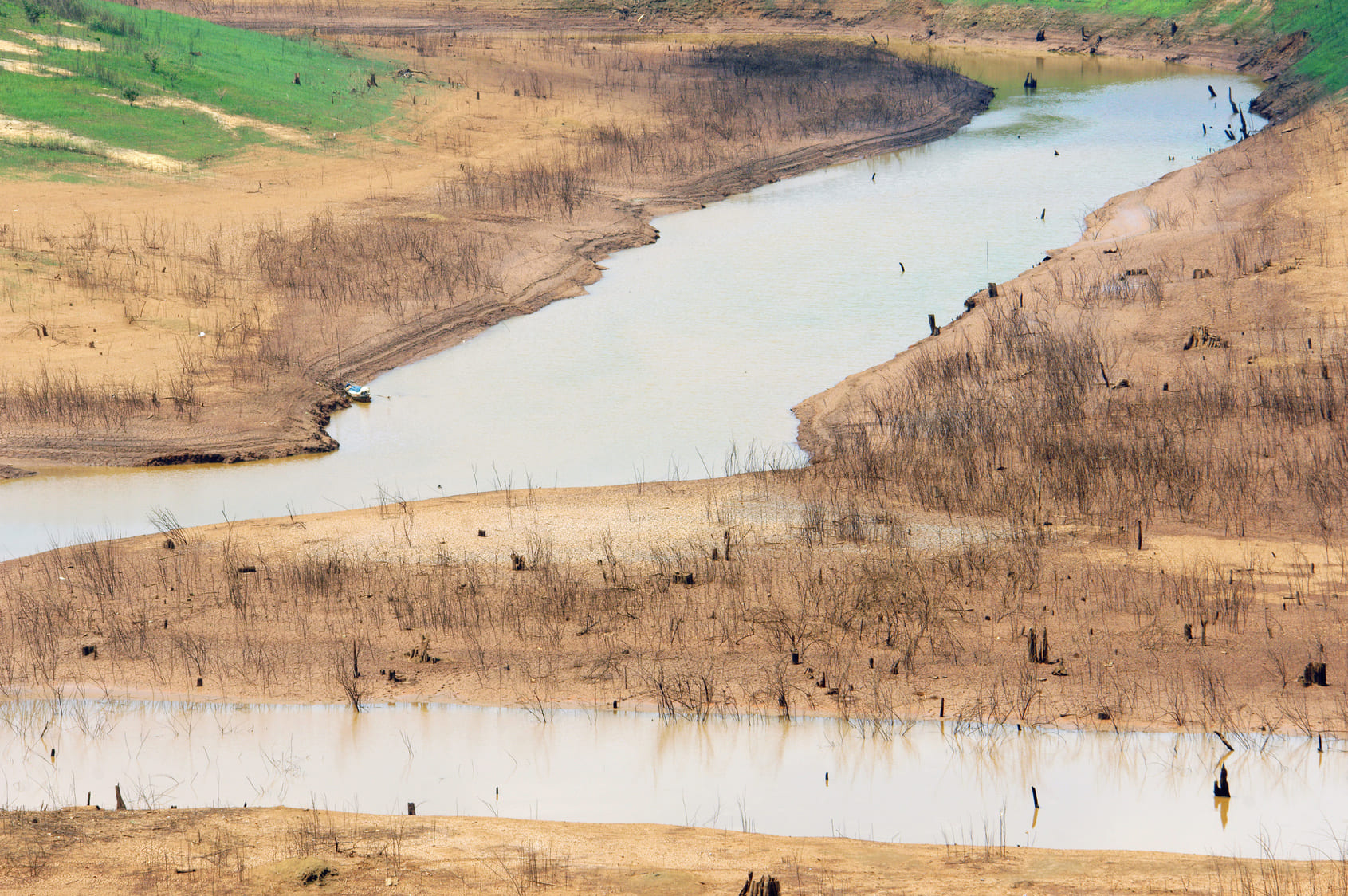Analysis of Droughts in South-West Indian Ocean Countries using SPI and SPEI and their Relationship with Global SST
Main Article Content
Abstract
Drought is a continuous period of dry weather and it is one of the most serious problem for human societies and ecosystems which caused by deficiency in rainfall in that region and the most affected are tropical monsoon dependent agriculture regions including Africa. Drought indices like Standardized Precipitation Index (SPI) and Standardised Precipitation Evapotranspiration Index (SPEI) are very useful and well accepted drought indices representing the magnitude and severity of drought at a particular location by identifying the water stresses. In present study, eight coastal and one landlocked country in South West Indian Ocean (SWIO) are selected as a study region. An approach has been made to see rainfall variability of these countries using monthly rainfall climatology which showed maximum rainfall amount received by these countries is during months of December-January-February-March (D-J-F-M) and using decadal rainfall percent departure (PD) which delineated the multi-decadal dry and wet phases precisely for these countries, with PD ranging lower than -18% to higher than 16% in some cases. To understand drought magnitude and severity in these countries we have calculated 4 months cumulative SPI and SPEI for the months of D-J-F-M. In addition, correlation between both SPI and SPEI of all nine countries with global SST and various Nino and IOD SST regions is also analysed to understand various teleconnections responsible for drought.
Article Details
Issue
Section

This work is licensed under a Creative Commons Attribution-NonCommercial-NoDerivatives 4.0 International License.

